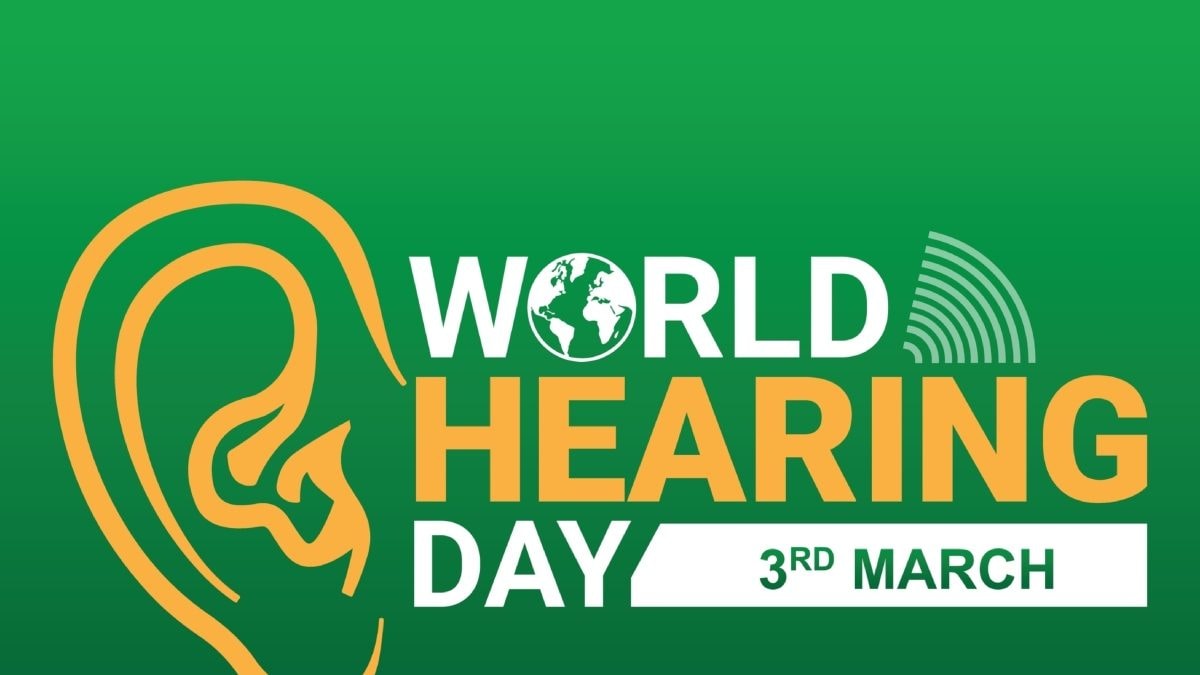Truly support
independent journalism
Our mission is to provide unbiased, fact-based reporting that holds the powerful to account and exposes the truth.
Whether it's $5 or $50, every contribution counts.
Support us in offering journalism without agenda.
Americans celebrate the most important holiday of the year on Thursday, July 4, commemorating the 248th anniversary of the founding of the United States.
July 4, also known as Independence Day, celebrates the unanimous adoption of the Declaration of Independence by the Second Continental Congress, which took place on July 4, 1776. The document marked the official separation of the colonies from Great Britain and the establishment of the United States as a sovereign nation.
Across the country, Americans are gearing up for their annual holiday plans, which typically include traditional barbecues, picnics, town parades and fireworks displays.
With the holiday season underway, here's everything you need to know about the holiday's historical significance, its traditions, and why Americans celebrate it.
What is the 4th of July and what is its history?
The occasion commemorates the signing of the Declaration of Independence by the Founding Fathers on July 4, 1776. By putting pen to parchment, these 56 statesmen, including Thomas Jefferson and Benjamin Franklin, renounced the British Empire and declared the North American colonies to be free states.
Prior to this signing, the British Empire had built up an imposing presence in the New World since Sir Walter Raleigh led the first attempts to establish settlements on the East Coast in the late Elizabethan era.
In the 18th century, North America was governed from London and comprised the Thirteen Colonies: Delaware, Pennsylvania, New Jersey, Georgia, Connecticut, Massachusetts Bay, Maryland, South Carolina, New Hampshire, Virginia, New York, North Carolina, Rhode Island, and Providence Plantations.
While relations between the colonists and the Crown were initially friendly, tensions began to rise during the reign of George III, due to the imposition of British laws and taxes on the American colonies, also known as the Stamp Act. In 1765, Americans began to demand an end to “taxation without representation,” demanding that their voices be heard in the Houses of Parliament. Acts of dissent followed, most notably the Boston Tea Party in 1773.
Two Continental Congresses were held, bringing together delegates from the Thirteen Colonies to coordinate resistance. At the second meeting, held in Philadelphia in 1775, the Declaration of Independence was signed and the American War of Independence was declared. In April of that same year, open combat broke out in Concord, Massachusetts, and lasted for eight years until the signing of the Treaty of Paris in 1783.
The Declaration was drafted by the Committee of Five – Jefferson, Franklin, John Adams, Roger Sherman and Robert Livingston – and established the “inalienable” rights of citizens, observing that “all men are created equal” and enshrining the individual’s right to “life, liberty and the pursuit of happiness.”
The bill was introduced to Congress on June 28, 1776, voted into law on July 2, and formally ratified on July 4, a date that patriotic Americans have celebrated ever since.
How has it been celebrated throughout history?
The first readings of the Declaration were held in the town squares of Philadelphia and celebrated with bonfires and the ringing of bells. In Bristol, Rhode Island, a morning and afternoon salute of 13 guns marked the day in 1777, the first formal celebration of the Fourth of July in the country and a source of pride for the city to this day, which has held an annual parade since 1785.
In 1778, George Washington, who was then a general in the Revolutionary Army, gave his troops a double ration of rum to celebrate the day. The first recorded music to commemorate independence was the “Psalm of Joy,” written by Johann Friedrich Peter in Salem, North Carolina, in 1783.
Congress made the day an unpaid national holiday for federal workers in 1870, but it has been a paid vacation since 1938.
How is it celebrated today?
Fireworks displays and parties are the most well-known activities associated with Independence Day. As a national holiday, it also serves as an occasion for gatherings and vacations.
Over the past two decades, American consumers have continued to purchase more fireworks to celebrate federal holidays. The American Pyrotechnics Association found that in the year 2000, American consumers spent $407 million on fireworks. In 2022, there was a significant increase in sales, as consumers spent $2.3 billion on fireworks during that year.
In the 18th century, Founding Father John Adams predicted that fireworks would become a major part of the Fourth of July. In a letter to his wife, Abigail, dated July 3, 1776, Adams wrote that the commemoration of American independence “should be solemnized with pomp and parade, with shows, games, sports, guns, bells, bonfires, and illuminations from one end of this continent to the other from this time forward, and forever.”
Despite their huge popularity on the Fourth of July, fireworks can be quite dangerous. The U.S. Consumer Product Safety Commission reports that in 2022, 10,200 people were treated in emergency rooms and 11 deaths were attributed to fireworks. Additionally, 73 percent of injuries occurred in the weeks before or after the Fourth of July.
The organization provided some safety tips for celebrating the holiday, including keeping children away from all fireworks, including sparklers, and having a bucket of water nearby in case of a fire. The agency also urges Americans to make sure fireworks are legal in their areas “before purchasing or using them.”
Which American president refused to celebrate the 4th of July?
While many presidents throughout American history honored the Declaration of Independence on July 4, there was one president who chose not to: John Adams.
In a letter to his wife, he wrote that he refused to celebrate the holiday on July 4 because he felt that July 2 was the true Independence Day. On July 2, 1776, the Continental Congress voted in favor of the resolution of independence, although the Declaration of Independence was not formally adopted until two days later. Adams was quite firm in his rule, as he even declined invitations to Fourth of July festivals while serving as the nation's second president.
Unfortunately, Adams and Thomas Jefferson, the principal author of the Declaration of Independence, died on the 50th anniversary of the document's formal adoption: July 4, 1826. The fifth U.S. president, James Monroe, also died on July 4, but in the year 1831.












